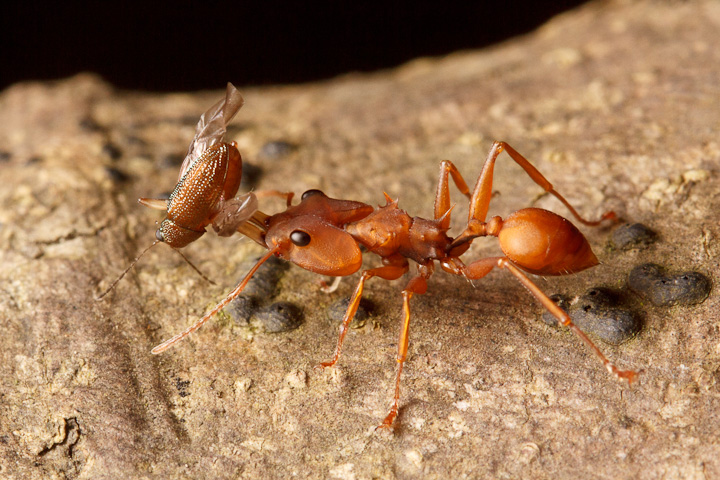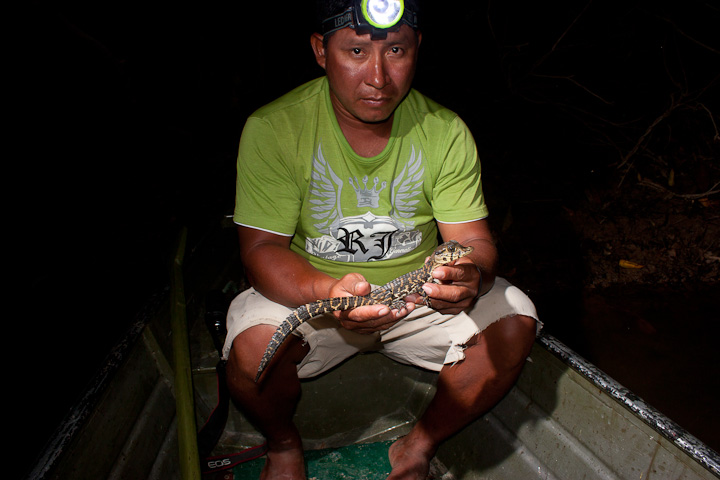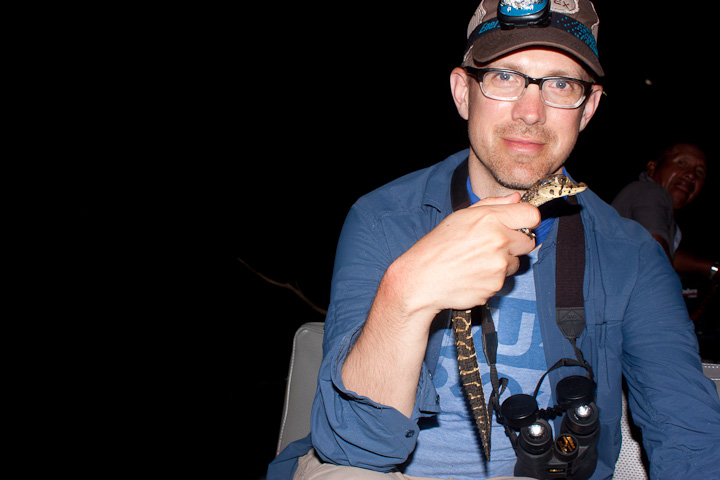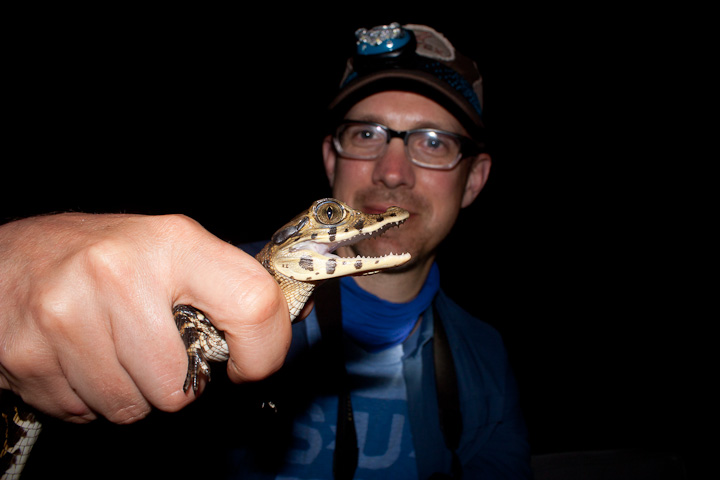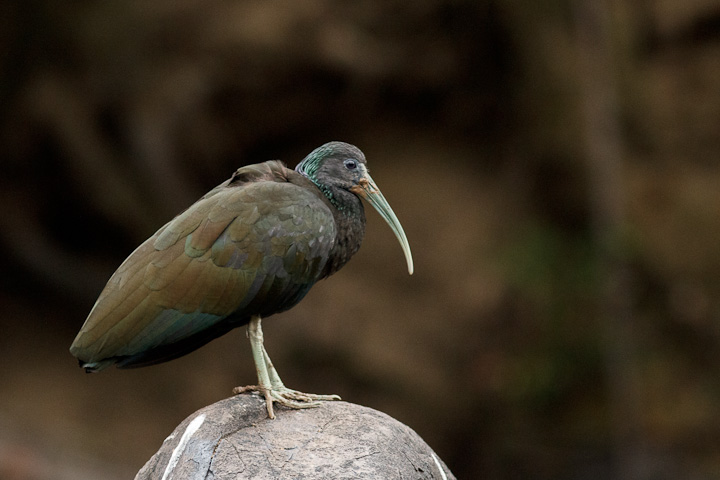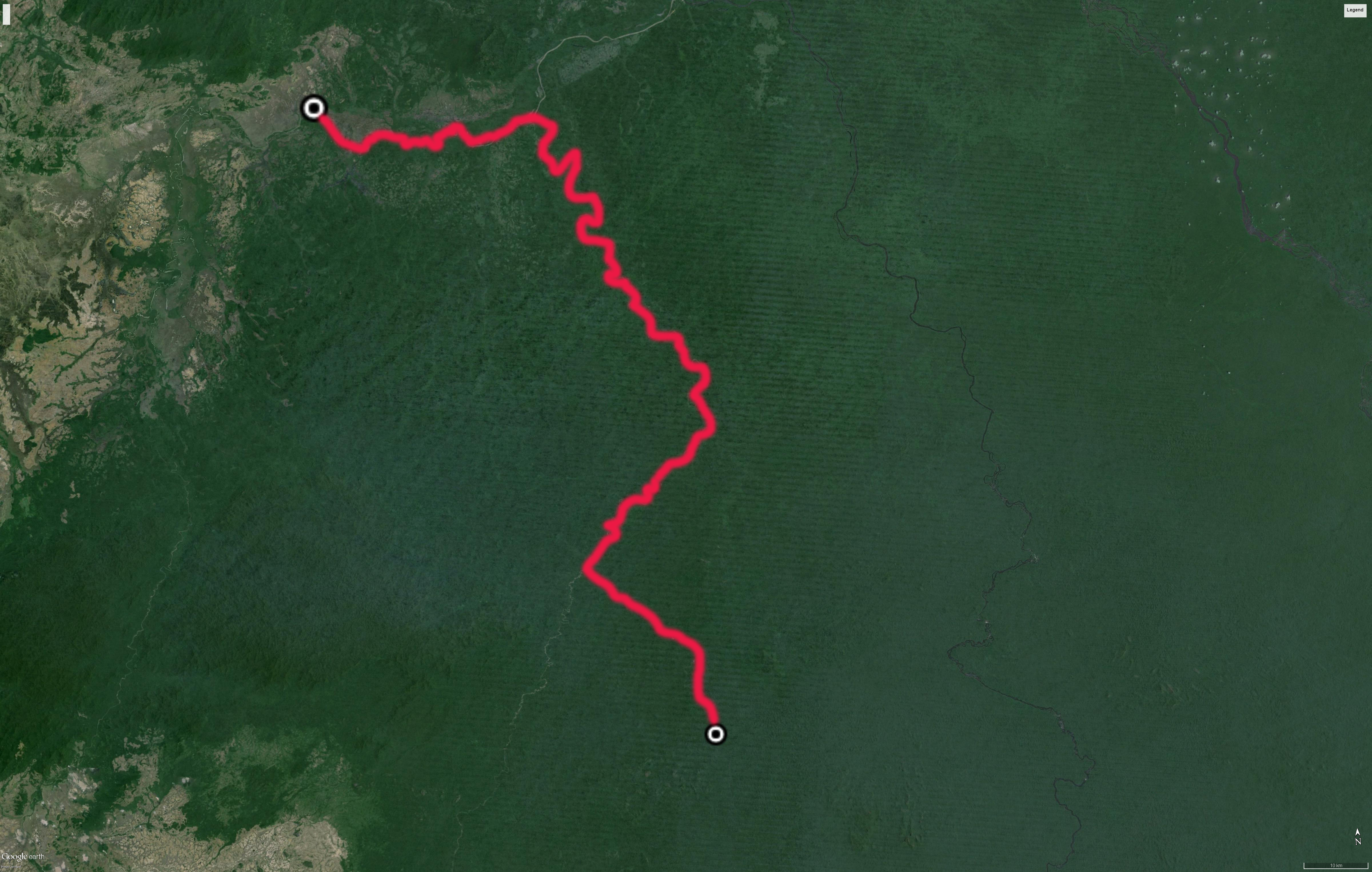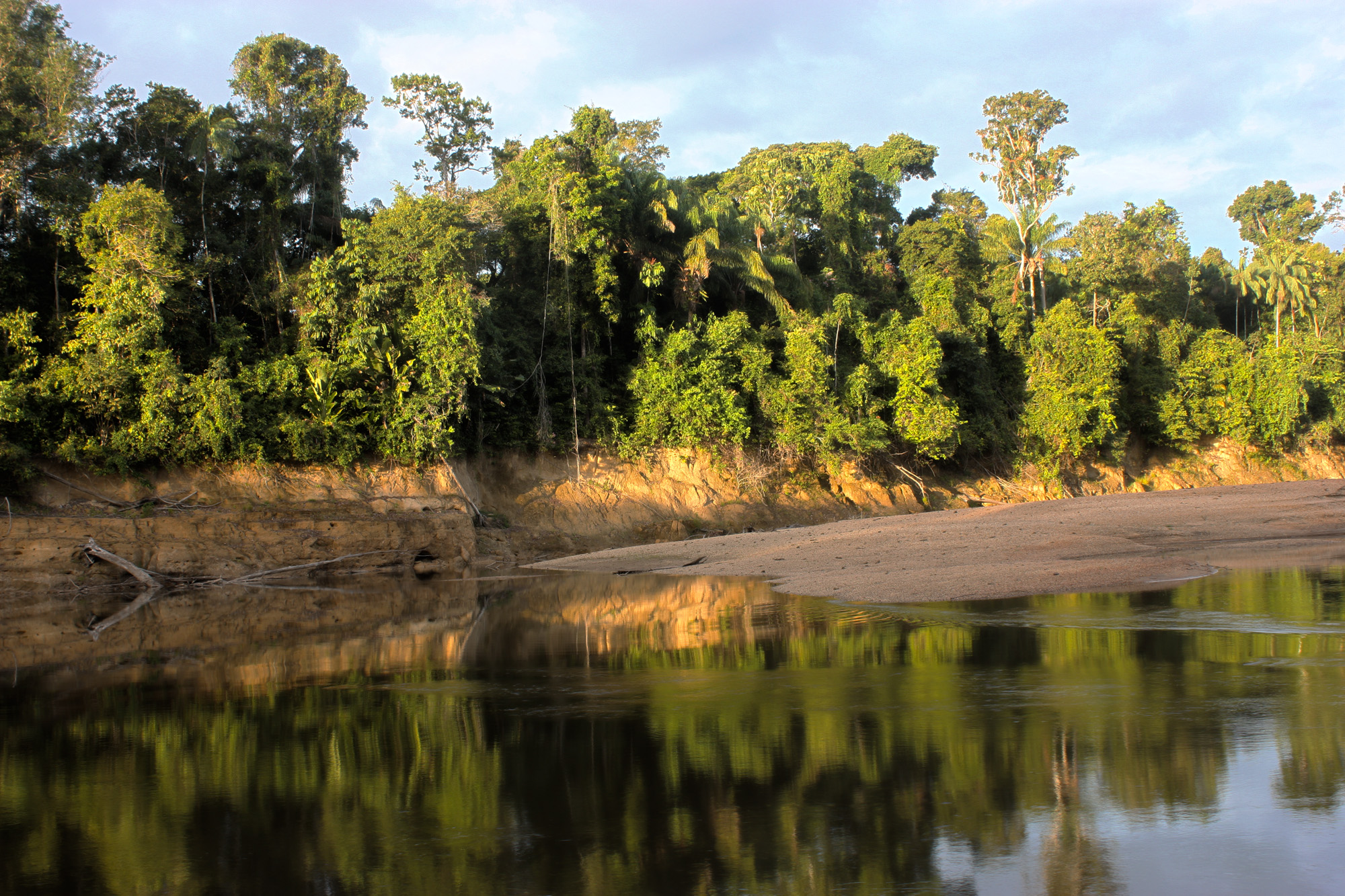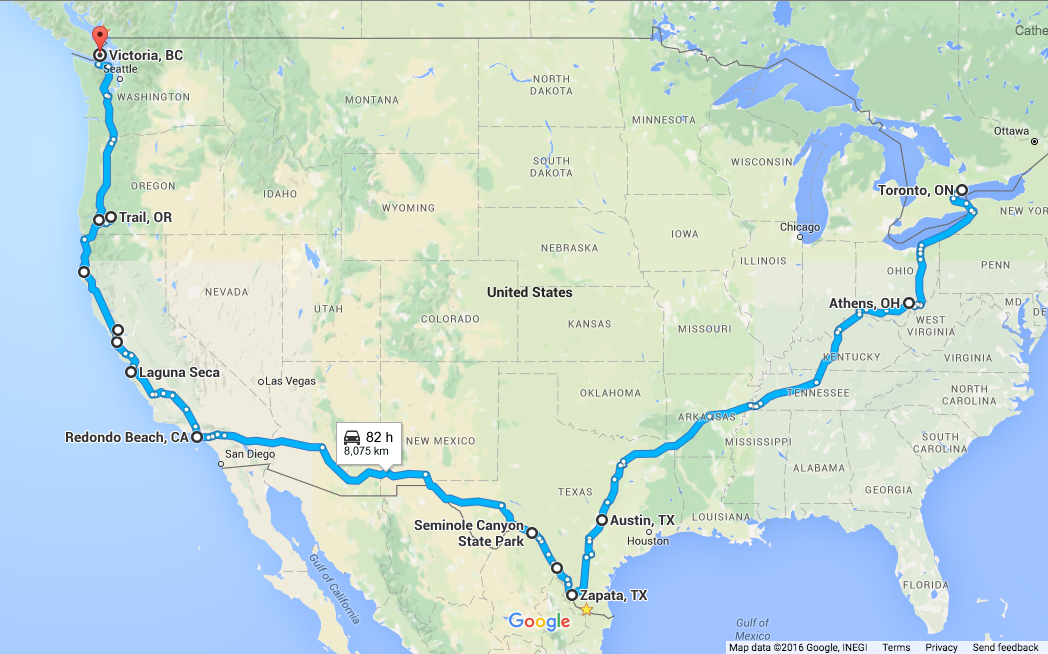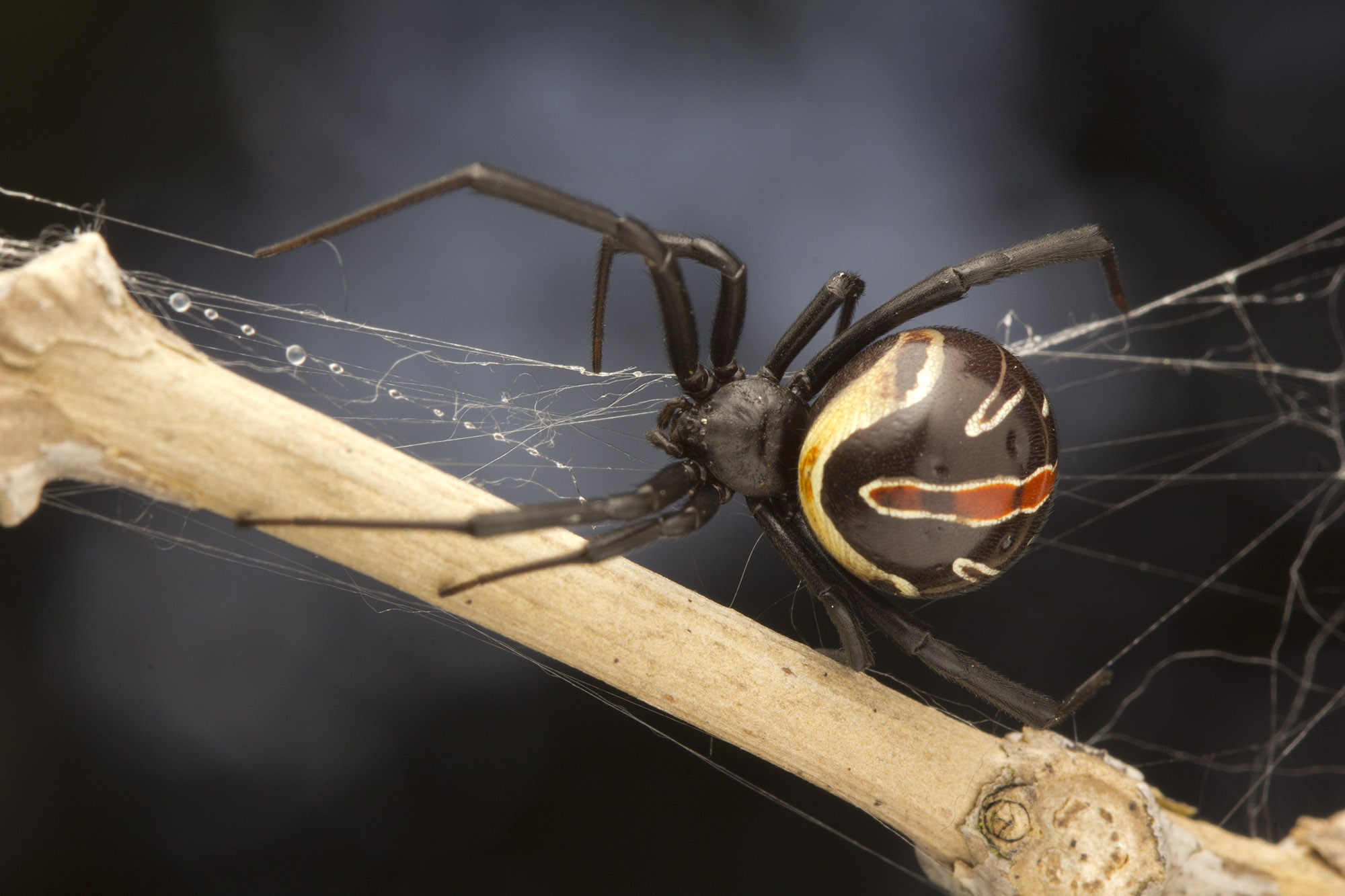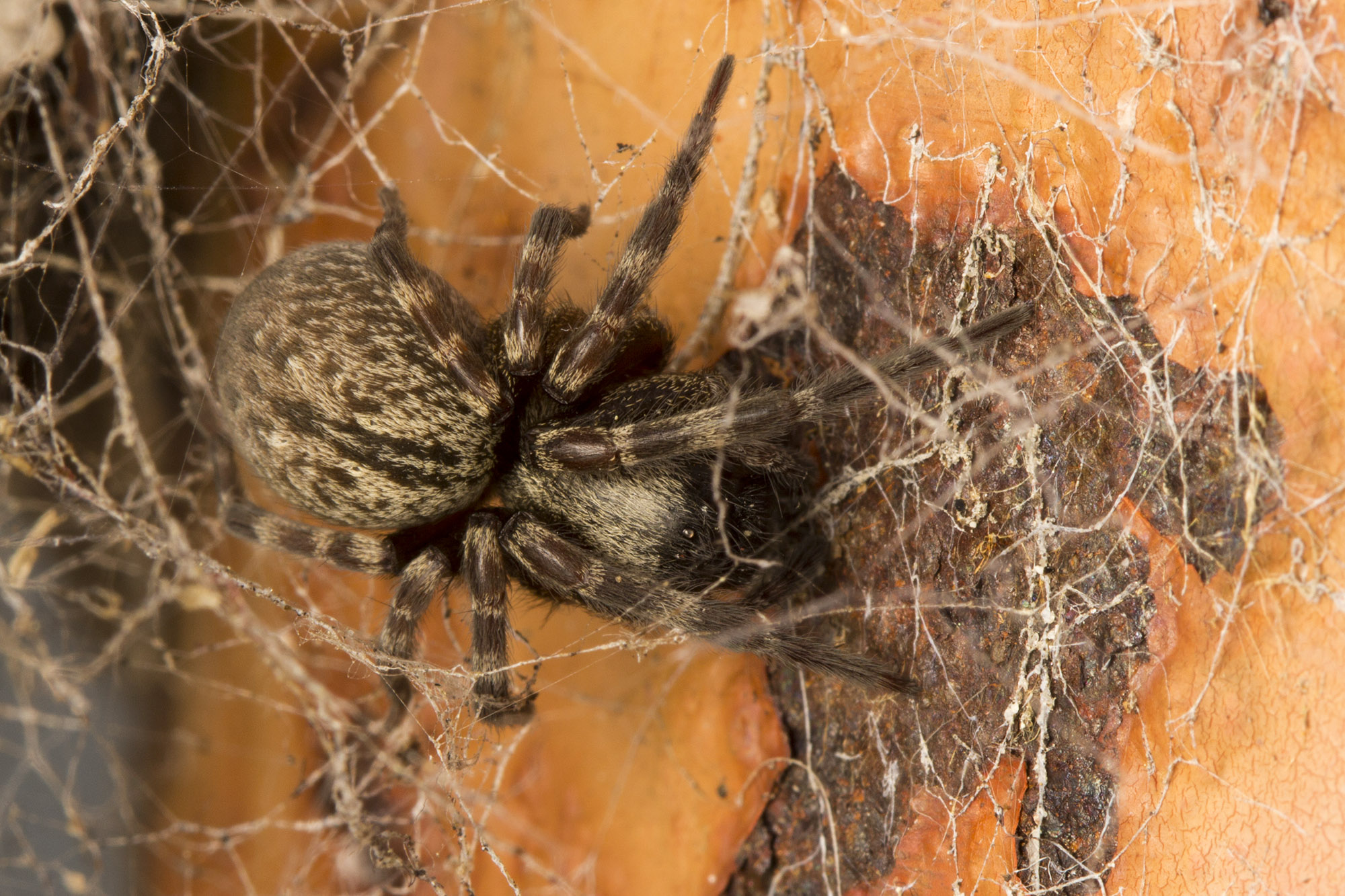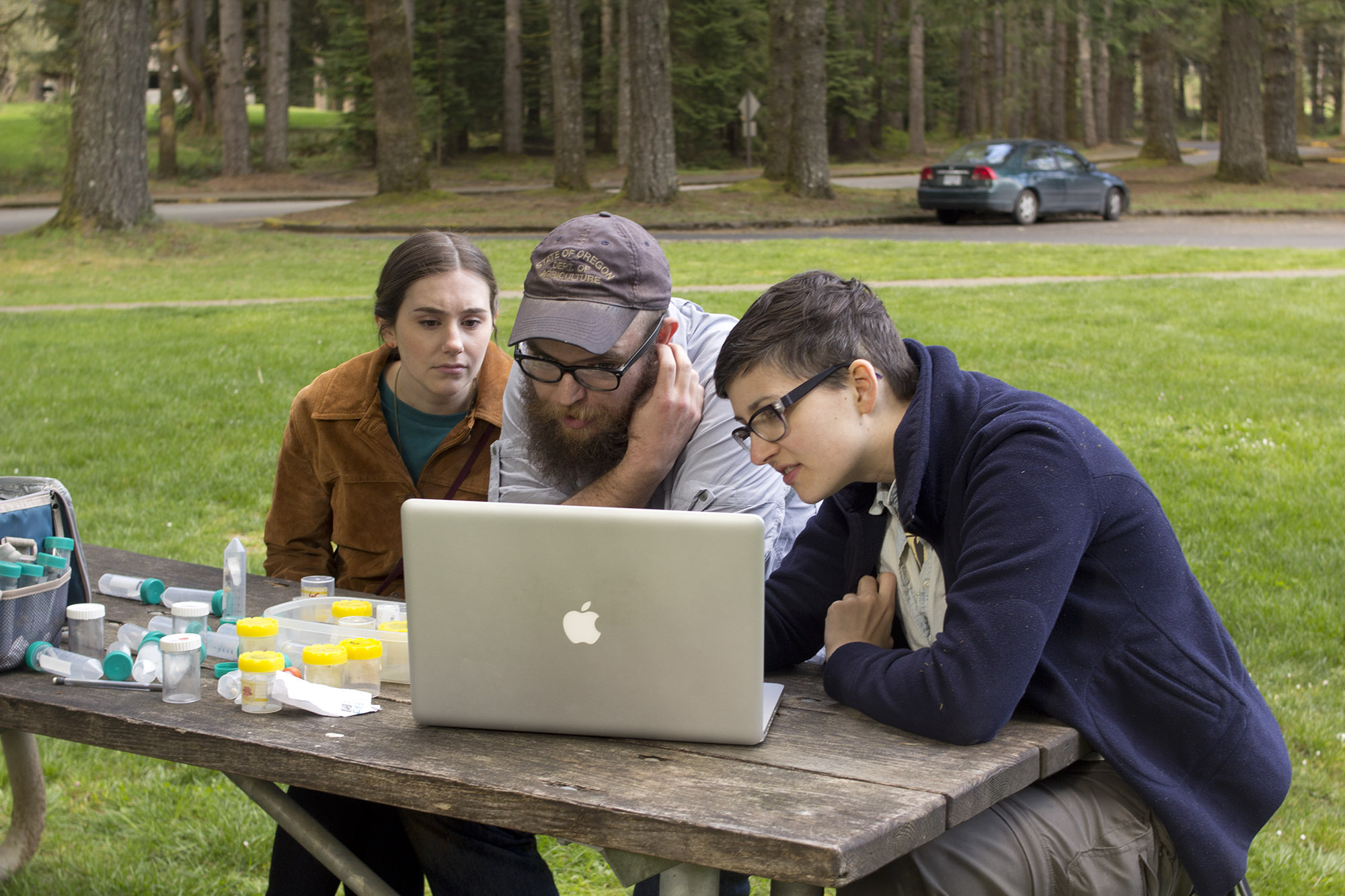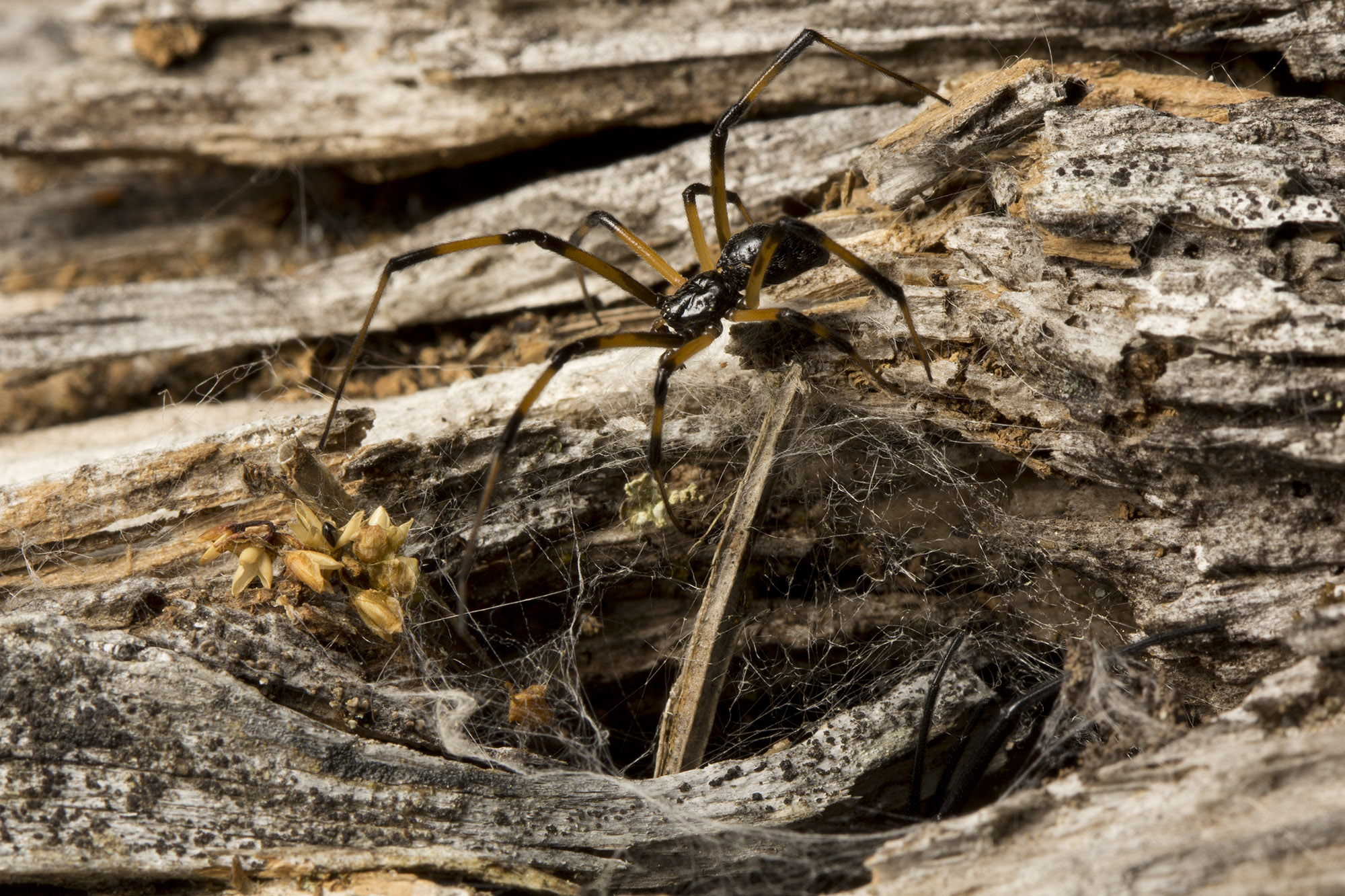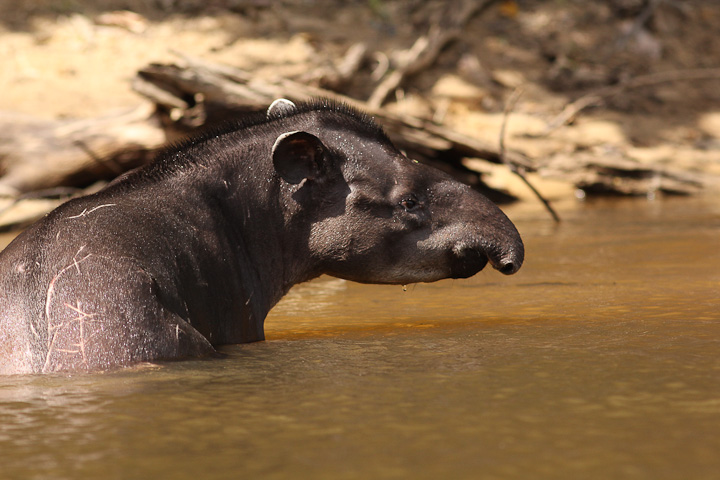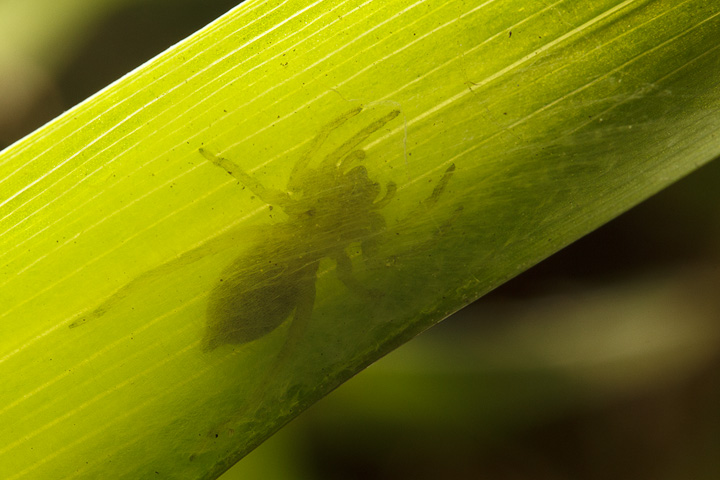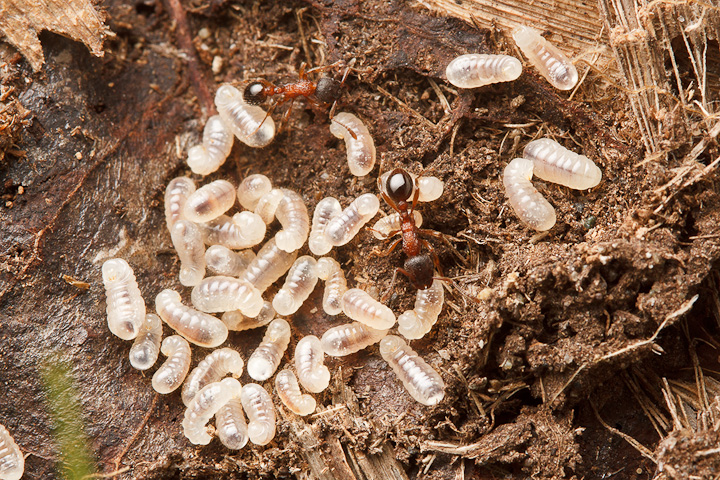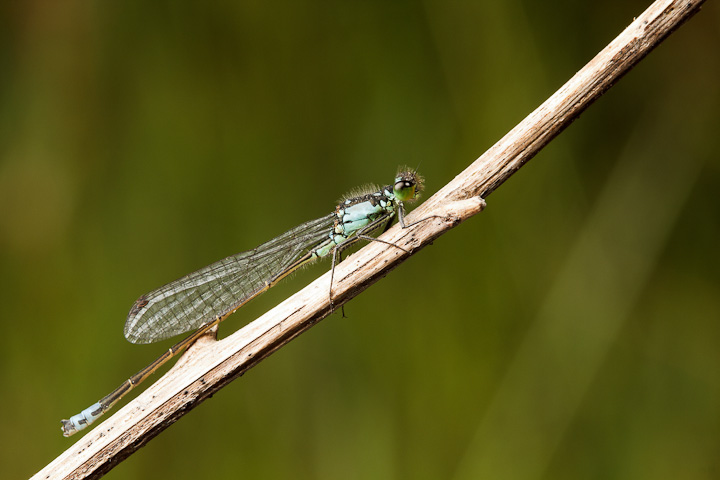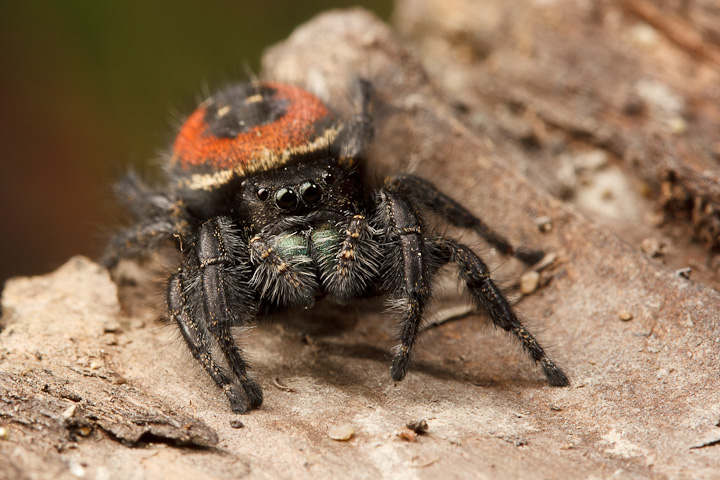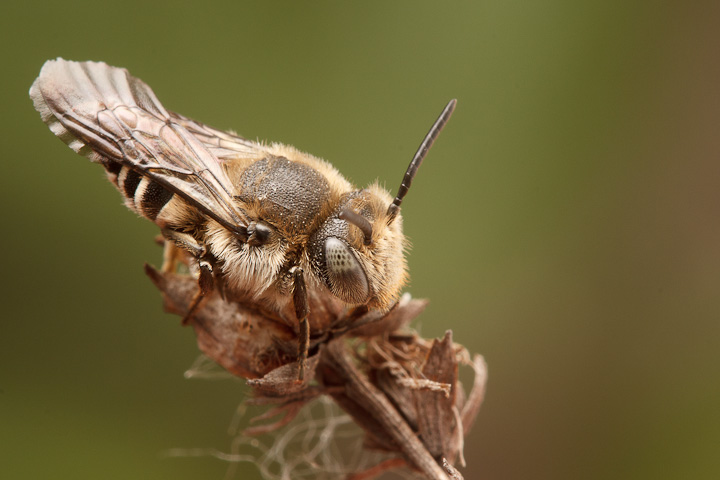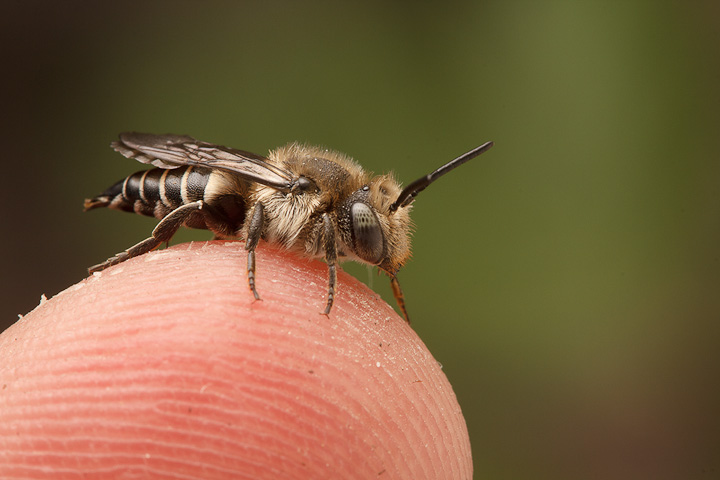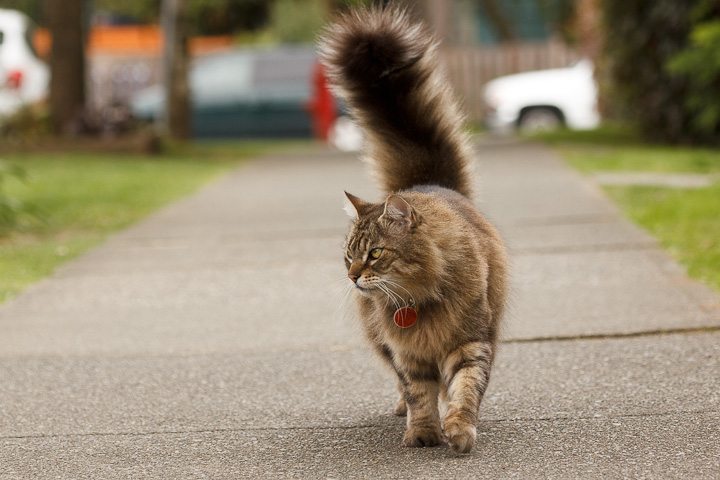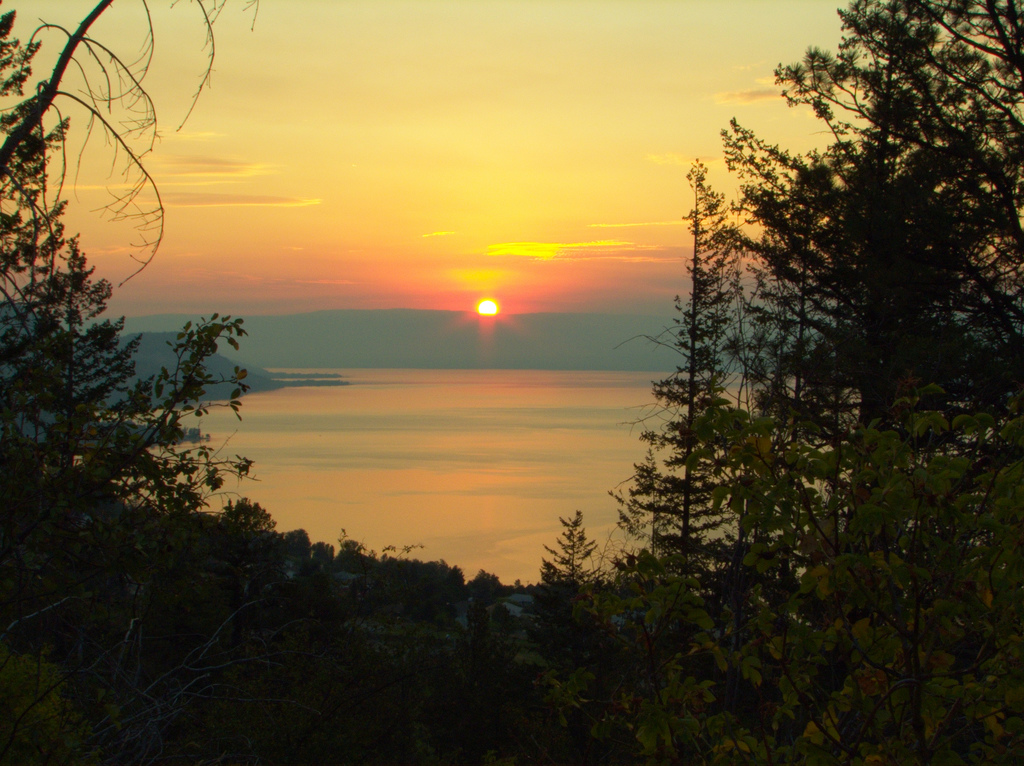
So my soujourn in Guyana was not entirely without casualties. Although I avoided getting eaten by the jaguar, my Canon 50 mm 1.8 II died. I have no idea what happened, but the whole front assembly became detached from the rest of the lens. Everything still works, aperture, focus motor, but I cannot figure out how to snap it back together.

The carnage: maybe the jaguar attacked it!
Anyway, I needed a new fast prime, and it just so happened that when got back from the jungle, the YN 35 mm f2 was announced. It was retailing for 110 bucks, the same for the 50, and since i have a crop-frame camera, a 35 sounded like a nice focal length for a fast lens. After all, the legacy of the fast 50 mm prime is a holdover from film days, where it would be a “normal” lens on a 35 mm frame. With my 1.6X crop frame Canon, 35 mm is just about a normal focal length, so what I am really getting is not a wide lens, but a fast normal lens. I ordered one!
The waiting for shipment took way longer than expected, as it was on the slow boat from China, but when it arrived last week, I immediately tried it out. The first few images I took with it were OK, but not stellar. Then I remembered to take the protective plastic off the rear element!!!
OK, this lens is pretty cool, it is nice, fast focusing and decently well built (seems on par with the el cheapo Canon 50 anyhow, and is quite reminiscent). It does have a metal mount, and the autofocus switch feels way nicer than that of the Canon. So far so good. What about the images?
I intend to use this for a number of things I used to use my 50 for: documenting social events, fieldwork, and sometime putting it on tubes for macro. Here are my results so far:
Social documentation

Nice and sharp details, and the real advantage of this lens for me is that I do not have to run backwards to frame up a shot. It sees what I see!

I like the way colours are rendered (although a better body would help with the greens!)

The lens is decently fast in focus response, and hence feels fun to use.

The lens is not so wide as to significantly distort faces in close-up shots.

Most importantly, it captures the expressions of huskies well, especially that moment they discover there is a bag of chicken skewers nearby.

Because the lens is bright, getting focus right in the dark is way easier than using a slow zoom.
Field Documentation

Again, I like the focal length. If I want a snapshot of a GPS and a pitfall trap, it works great.

For documentation of habitat, it is wide enough to show the scene.
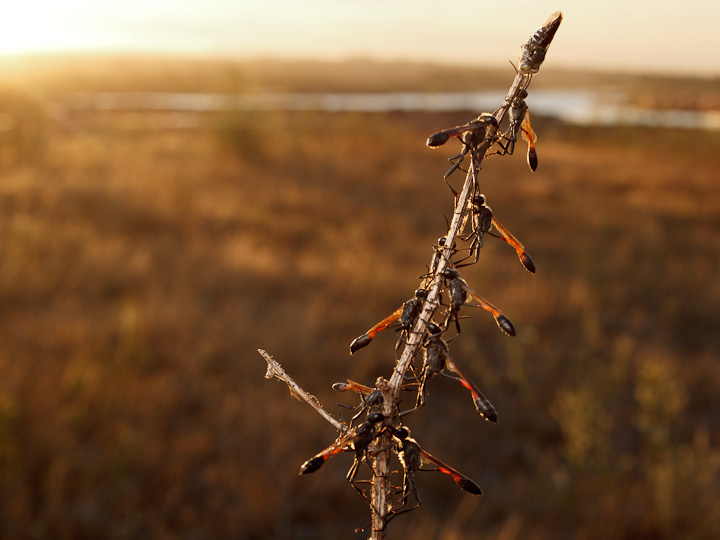
It can even work for a bit wider view of larger insect phenomena!
Macro

It does focus pretty close for a wide lens, but the magnification sort of sucks for macro.

With a Raynox DCR 250, it can be used for closeups, even in natural light. It gets to about 1:2. With 31 mm of extension tubes, it gets a bit better than 1:1. With more extension, the working distance gets pretty darn short. i will experiment with this kind of thing, but for anything approaching 2:1, I would be better off with the 100 mm as a starting point.

“Native” magnification. Not too impressive.

With 31 mm of tubes. A usable macro setup, though subject distance is small.

The seven bladed aperture definitely renders out of focus highlights better than the Canon 50 mm 1.8 II.
Verdict
Well, this is certainly a usable and enjoyable replacement for my 50 1.8. In fact, with its focal length, it will likely be way more useful to me. I am impressed with the decently close focus, the fact that it is fast and light, and that it fits my budget! One thing to keep in mind about this versus the Canon 50 is that the front element is much less recessed, and hence ghosts and flare may be more common. I did not notice anything other than small blue ghosts when the sun was right in the frame.
I would say if you can afford to, one of the Canon versions of this lens would undoubtedly hold value way better, and perhaps offer an edge in build quality or some aspect of performance. But this is definitely a usable lens, and is quite sharp even wide open (I will post some samples soon!). I will certainly be making a lot more use of this lens than my 50 got, as this is a more valuable focal length for documentation and snapshooting. Look forward to seeing more from this lens in the future!









